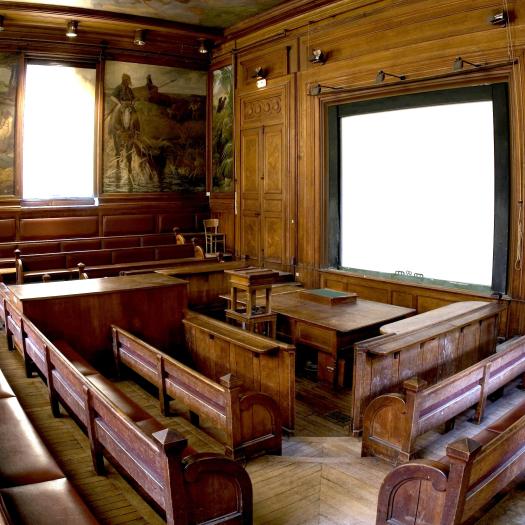PhD Defense - Rohan Mansuit


La soutenance de thèse de Rohan Mansuit aura lieu le jeudi 12 novembre 2020 à 9h.
Thèse de doctorat sous la direction de Gaël Clément et de Marc Herbin.
Composition du jury :
Abstract:
Among the sarcopterygians, the clade of coelacanths (Actinistia) is today only represented by the coelacanth genus Latimeria, and is the sister-taxa of the clade lungfish + tetrapods. Based on their phylogenetic position and their ecology, they are considered as a good model to study the fin-to-limb transition. However, it is necessary to have a good understanding of the skeletal and muscular anatomy of their paired fins before to infer their role in the fin-to-limb transition. As in other jawed vertebrates, we showed that the development of the pectoral fins occurs earlier than that of the paired fins. The development of the radial elements around the metapterygial axis of the fin occurs by the fragmentation of the associated mesomere, as observe in lungfish. We also highlighted by the development of a superficial ossification of the anterior part of the pelvic girdle, associated with a trabecular system in the adult. This trabecular system and this ossification permit to resist to the important constraints developed by the muscles inserted on this part of the girdle. The study of the muscular anatomy showed a more complex anatomy than previously known, with that of the pelvic fin that seems more plesiomorphic than that of the pectoral fin. Indeed, the muscles of the pelvic fin run from the girdle to the fin rays, whereas on the pectoral fin, majority of the muscles insert on the endoskeletal elements, as in lungfish and tetrapods. Moreover, the pectoral fin is stronger than the pelvic fin, that indicates a more important role for the locomotion. The joint mobility of the pectoral and pelvic fins was also studied, after complete dissections of the fins. We showed that the pectoral fin has a greater mobility than the pelvic fin. This difference of mobility is due to the morphology of the mesomeres on the pelvic fin, with pre-axial radial element on a more proximo-lateral position than that of the pectoral fin. Finally, we made a preliminary study on the evolution of the muscle architecture during the fin-to-limb transition. It appears that the muscle mass and force are more important in tetrapod than in fish, relative to the body size. The limbs need to produce more force than fins, since they are the principal locomotor force generator. In fishes however, the propulsion is mainly produced by the lateral undulation of the body and the caudal fin. Thus the paired fins don’t need to produce a large amount of force. The hind limbs of tetrapods are also more powerful than the pelvic fins of fishes, relative to the pectoral appendages, what supports the hypothesis of a locomotor shift during the fin-to-limb transition.



